Ultimate Guide To The Lonely Kalahari Desert, South Africa
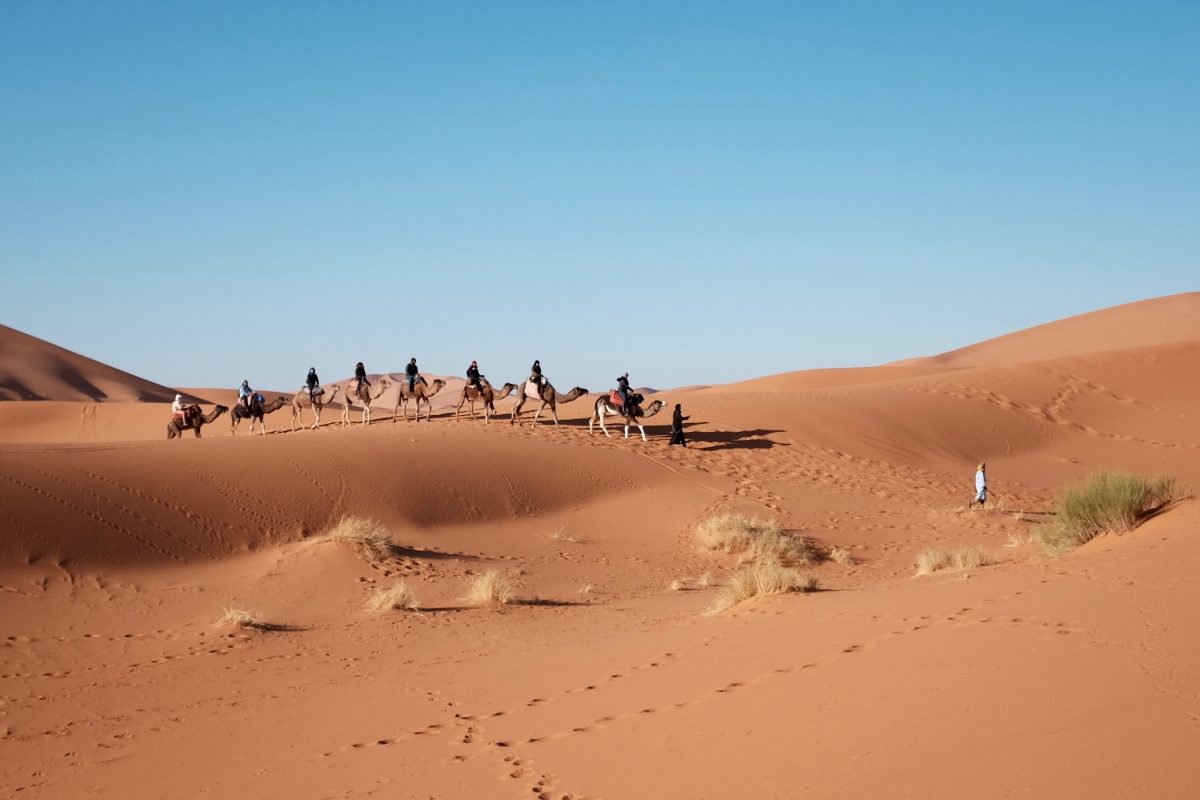
The Kalahari Desert ranges over more than 900,000 square kilometers in the depths of Southern Africa. In total, it crosses the borders of three countries. In the north-east, it dominates portions of Botswana. There, it’s a safari-goer’s mecca; a place to glimpse stalking leopards, zooming cheetahs, and huge herds of wandering elephants.
On its western fringes, the Kalahari rolls into Namibia. As it edges nearer the Atlantic Ocean, it merges with the shifting sand seas of the wild coast. Photographers capture shots of gnarled quiver trees and rust-red dunes in those parts.
However, there’s a third area to the second largest desert in Africa. You’ll find that south across the border of the Rainbow Nation. It’s less visited and less famous than the game reserves of Botswana, but it offers adventurers oodles of other charms.
Yep, away from the bucket-list Big 5 of Kruger National Park and the eye-watering sights of the Garden Route, there are downright amazing pursuits in this less-trodden corner of South Africa. That’s where this guide to the lonely Kalahari Desert comes in. It can help you swap the Cape Winelands for the Cape’s wilder lands. It reveals some startling facts about the desert and its native flora and fauna. And it can help you navigate the vast Kalahari Desert map in search of oases, gazelle herds, and roaring lions…
Where exactly is the Kalahari Desert in South Africa?
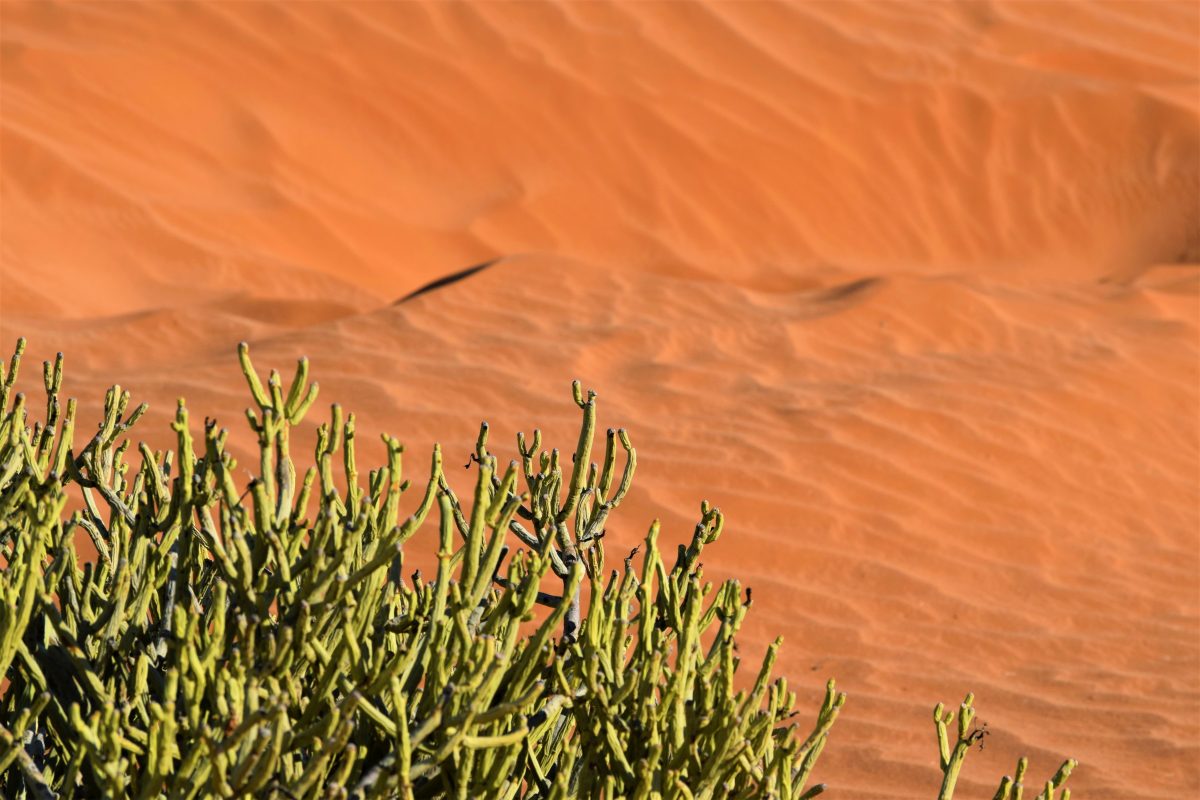
©Photo by Ken Treloar on Unsplash
While it might seem massive, the portion of the Kalahari Desert that lies in the Rainbow Nation is but a corner of the greater Kalahari. That rolls north, east, and west from the Western Cape. It crosses into Namibia and Botswana. In total, it clocks up a whopping area of over 2.5 million square kilometers, making it one of the largest and also one of the best deserts in Africa as a whole. South Africa’s part of it all starts on the northernmost fringes of the Western Cape. Look for it east of the town of Springbok and north of little Kenhardt.
How to get to the Kalahari Desert in South Africa?
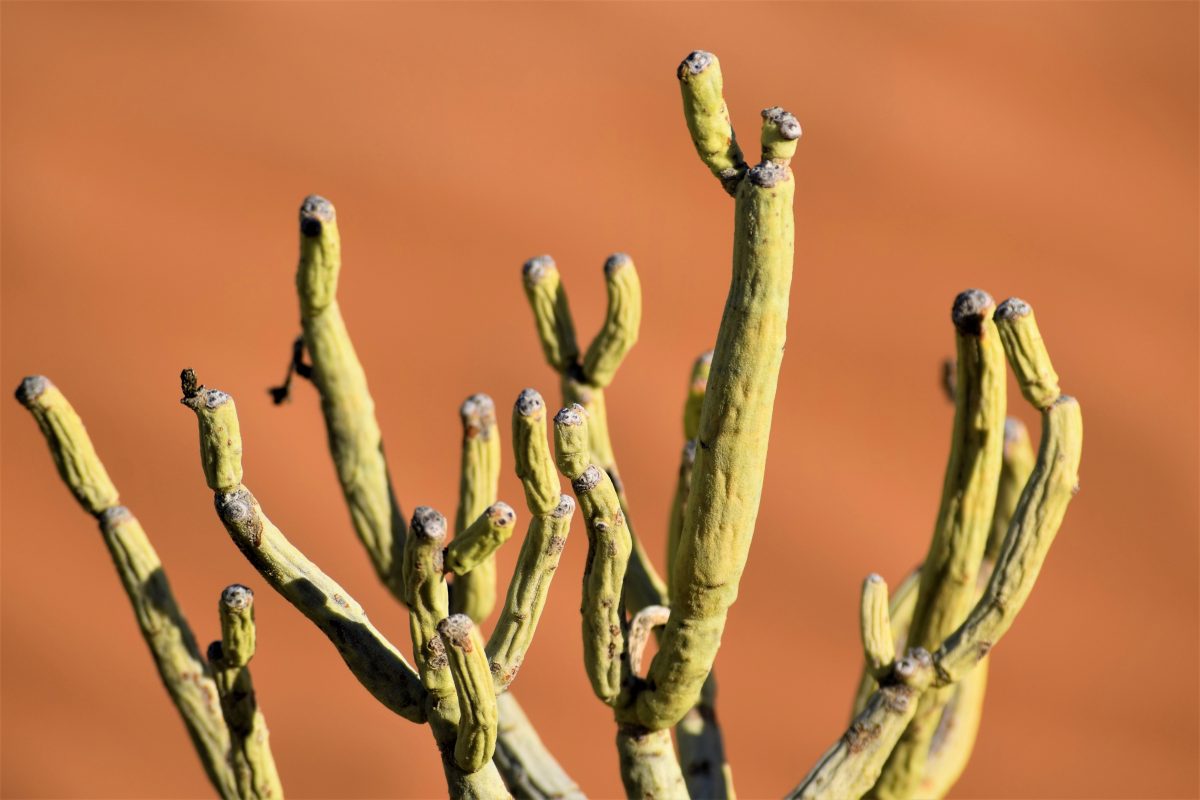
©Photo by Ken Treloar on Unsplash
You’re going to either need your own car or hitch onto an organized tour to get to the South African Kalahari. Among the mighty deserts of the world, this region might be big, but it’s also famously remote. Out of Cape Town, you can set the sat nav to Springbok and use the main N7 highway going north along the Atlantic Coast. Or, you could aim to reach Upington. That’s considered the main base point for visits to the heart of South Africa’s Kalahari.
The trip in from Bloemfontein and Lesotho to the east can take up to seven hours, using the main N8 roadway. Meanwhile, trips from Pretoria and Johannesburg on N14 are a little longer. Expect those to take more than eight hours from start to finish.
The closest airport to the Kalahari is in Upington itself. It’s a small hub that’s mainly served by short-haul domestic links to other, larger, South African airports like Jo’Burg and Cape Town. However, there are also some charter flights that can be organized on a tour to tour basis.
The history of the Kalahari Desert, South Africa
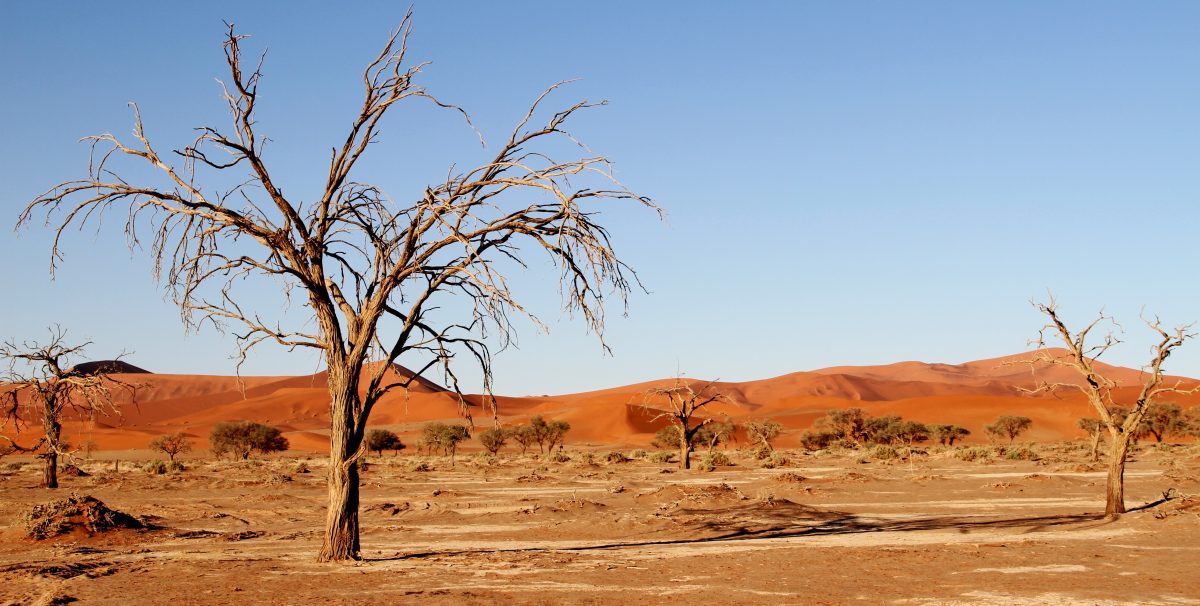
©Photo by Pixabay
The Kalahari is a truly ancient landscape. Geologists estimate that the sand sheets that now clad its surface formed way back in the Pleistocene Epoch. (That’s up to 2.5 million years ago!). However, the story of the region goes even further back, with tectonic movements and climatic nuances creating a desert here almost 65 million years ago.
Scientific discoveries reveal that more than 60,000 square kilometers of the Kalahari was actually once a vast lake. These days, the low pans that formerly held water are only flooded during the rainy season. Meanwhile, the fringes of the desert have been transformed into windblown sand dunes that rise more than 200 feet into the cloudless sky.
In 1849, the iconic British explorer David Livingstone crossed the Kalahari Desert. He opened the region to more caravans of travelers and pioneers. Some were Boers heading for the hills of South Africa and the Western Cape. Others were ivory hunters and Christian missionaries.
More recently, the trans-boundary parks of the Kalahari have been recognized as an alternative safari option to Kruger and the Masai Mara. They offer off-beat game drives and draw thousands of visitors each year.
When to visit the Kalahari Desert, South Africa?
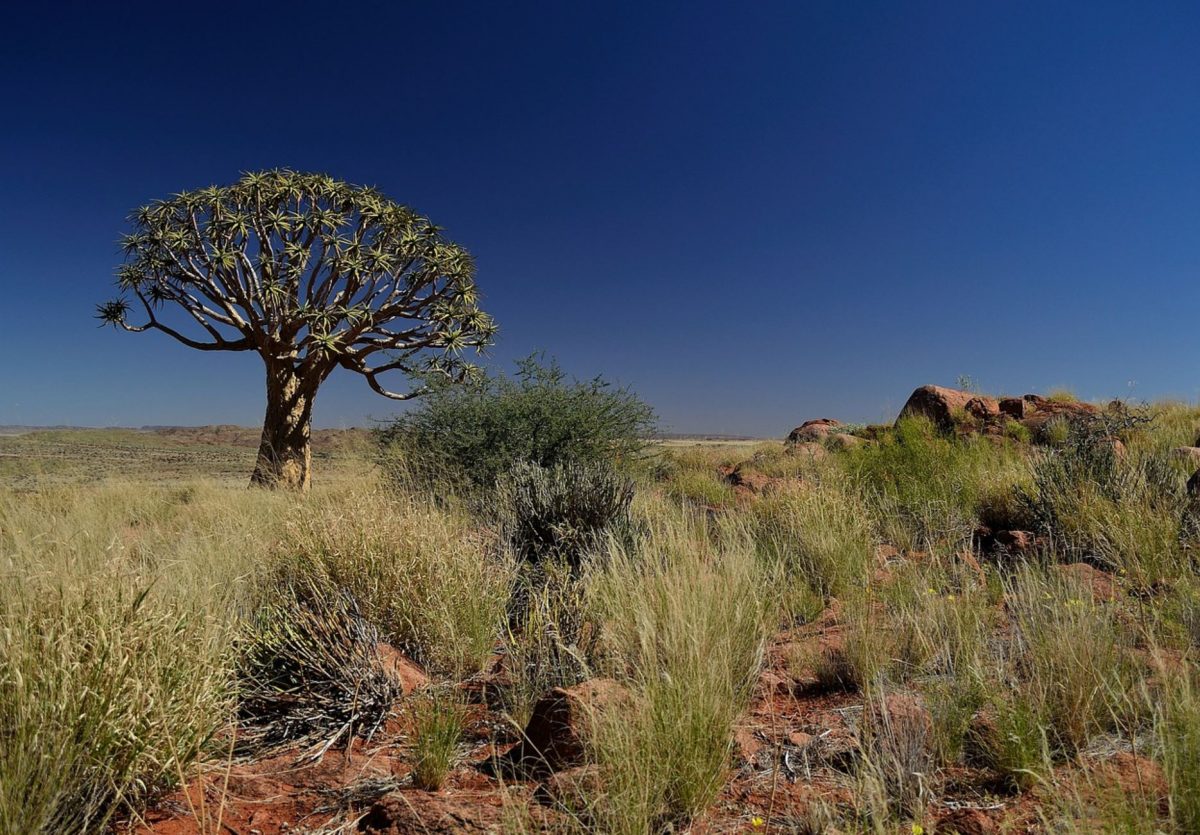
©Photo by pieterz on Pixabay
Choosing when to visit the Kalahari Desert really depends on your own preference. If you’re not the sort who can handle soaring temperatures (think 80-90 during the day), then it might be wise to plan your trip for the winter months. In the Southern Hemisphere, they run from June to August. For the best game viewing, most experts talk about the dry period in early summer. That’s June and July, which is when the large mammals are forced to gather around the water holes to drink. Keep your eyes peeled for giraffes, elephants, and cheetahs then!
If you’re keen to keep the spending on the down low, the high summer is an option. December and January can be scorching hot and wet. However, they see fewer visitors overall and the landscapes turn green. The upshot? Luxury safari lodges cost less, game drives aren’t so pricy, and there aren’t so many people to contend with for your front-row view of a lion pride.
How much does it cost to visit the Kalahari in South Africa?
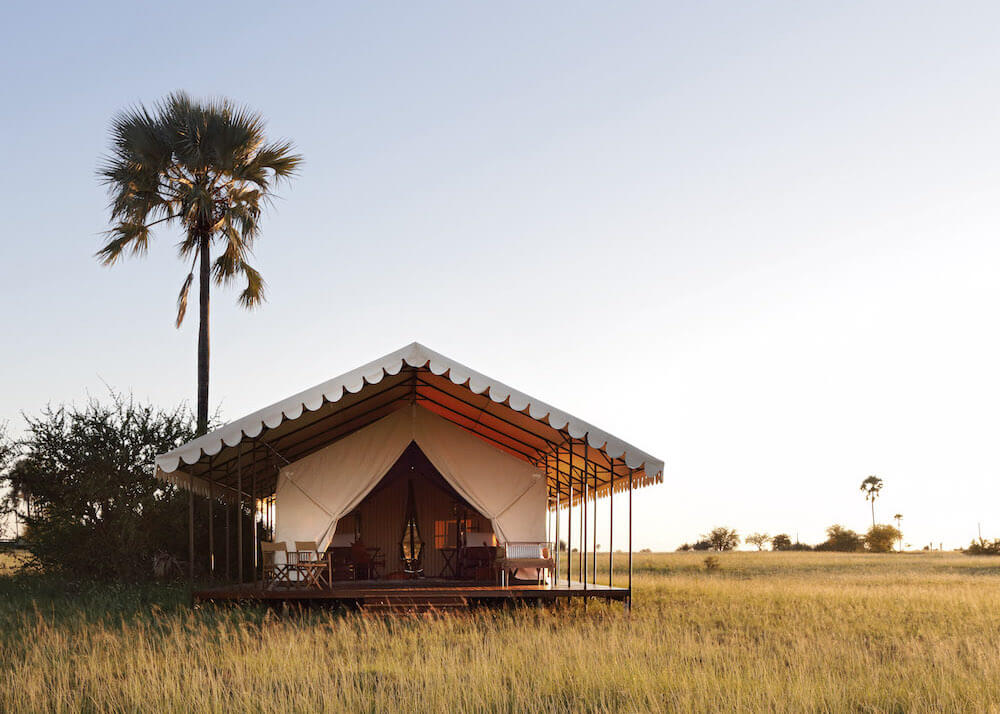
©Photo by Official Natural Selections Safaris of Characters
There’s no hard and fast rule about how much cash you’ll need to get out and exploring the amazing Kalahari. Budget travelers might be able to get by on something like $65/day. However, that would involve finding the best bargains on urban accommodation in towns like Upington. And it means organizing your own outings into the wild reaches of the Kalahari Desert.
If you’ve got a little more to spend and don’t mind slightly higher Kalahari prices, there are tailor-made packages that range from about $1,000-$2,000 per person. They’ll often involve planned game drives, game walks, and visits to local tribal villages or mining towns. What’s more, you won’t have the hassle of booking all your accommodation and travel separately.
Those on the highest budgets of all can splash out $5,000 and more for just a week in the Kalahari. These trips can literally cross frontiers. They might include jaunts over to the famous game reserves of Botswana to the north. And they will likely be based in luxury safari lodges – think bubbling hot tubs under star-twinkling skies, and opulent tentalows that open onto visions of tree-speckled plains. These luxury resorts
Where to stay when visiting the Kalahari Desert in South Africa?
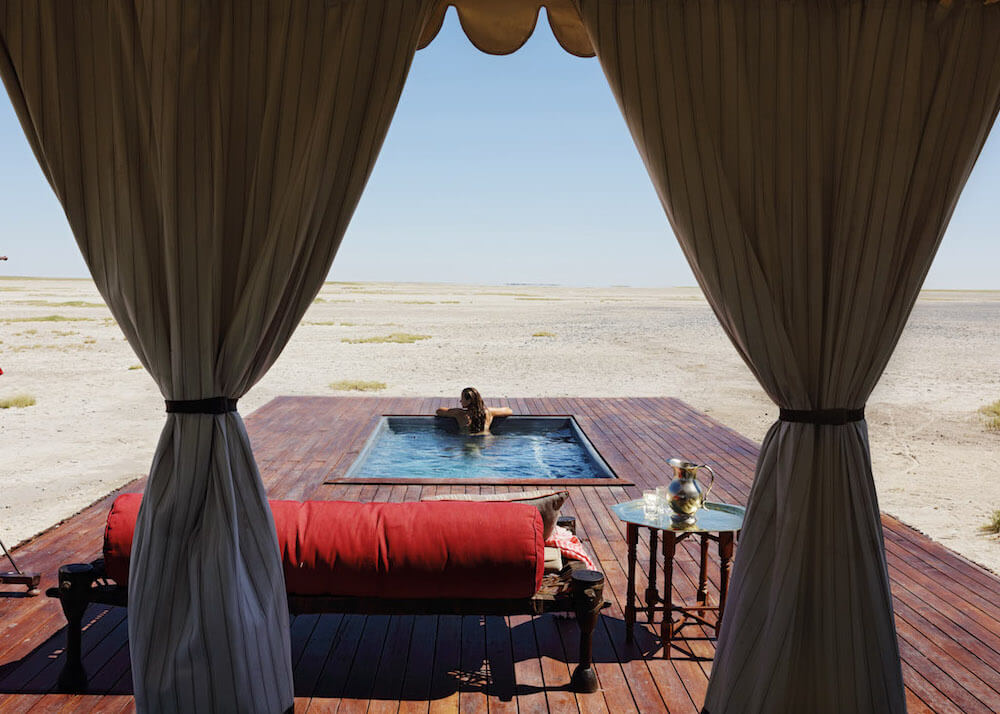
©Photo by Official Natual Selection Safaris of Characters
One of the best options for travelers to the Kalahari is a hotel in a local town. Upington is a prime choice, especially considering it has the only airport in the region. There, you can spend your days tasting tipples in the wineries that crowd the Orange River or learning the traditions of local Oranje crafters. There’s a whole medley of different hotels, from budget hostels to deluxe boutiques.
To get up close and personal with the troops of gazelles and wild elephants of the Kalahari Desert, there’s no better option than a safari lodge. There are tens of those peppering the boundaries of the Kgalagadi Transfrontier Park and sitting amidst the dry hills of Hotazel to the east.
They come in all shapes and sizes. The most basic are rustic outdoor cabanas with shared facilities. The crème-de-la-crème is honeymoon worthy. We’re talking about the likes of the Tswalu Tarkuni Lodge, San Camp Kalahari, and the Tutwa Desert Lodge. Those boast swimming pools set in grass-sprouting grounds. They have hot tubs and fire pits for the evenings. They come with unique ancestral art pieces and panoramic decks. Oh, and they often have game reserves right in their back garden!
The Top Things To Do In The Kalahari Desert
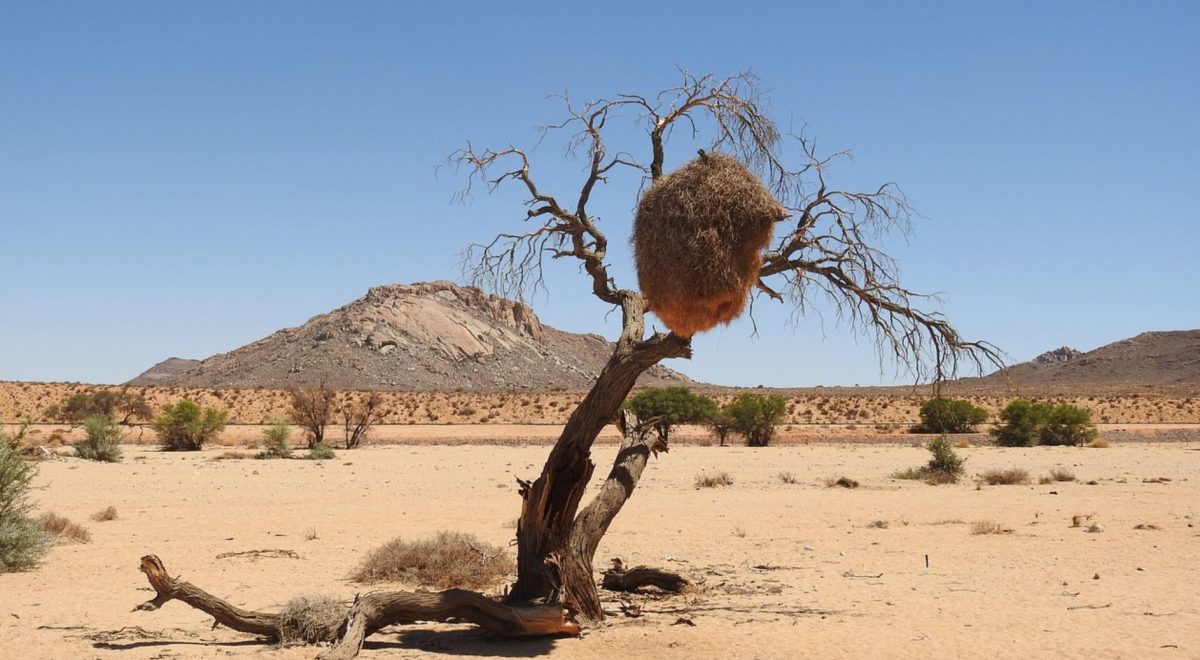
©Photo by stweyer on Pixabay
Just as you might expect, there are oodles of things to do in the second largest desert in Africa. That’s even the case if you’re limited to the South African side of it all, between the Botswana border and Upington.
In that small cut-out of the continent, you can shorten the bucket list with visions of wild game. You can delve into deep manganese mines. You can encounter ancient tribal peoples. And you can explore some seriously amazing nature reserves…
1. Go on safari in the Kgalagadi Transfrontier Park
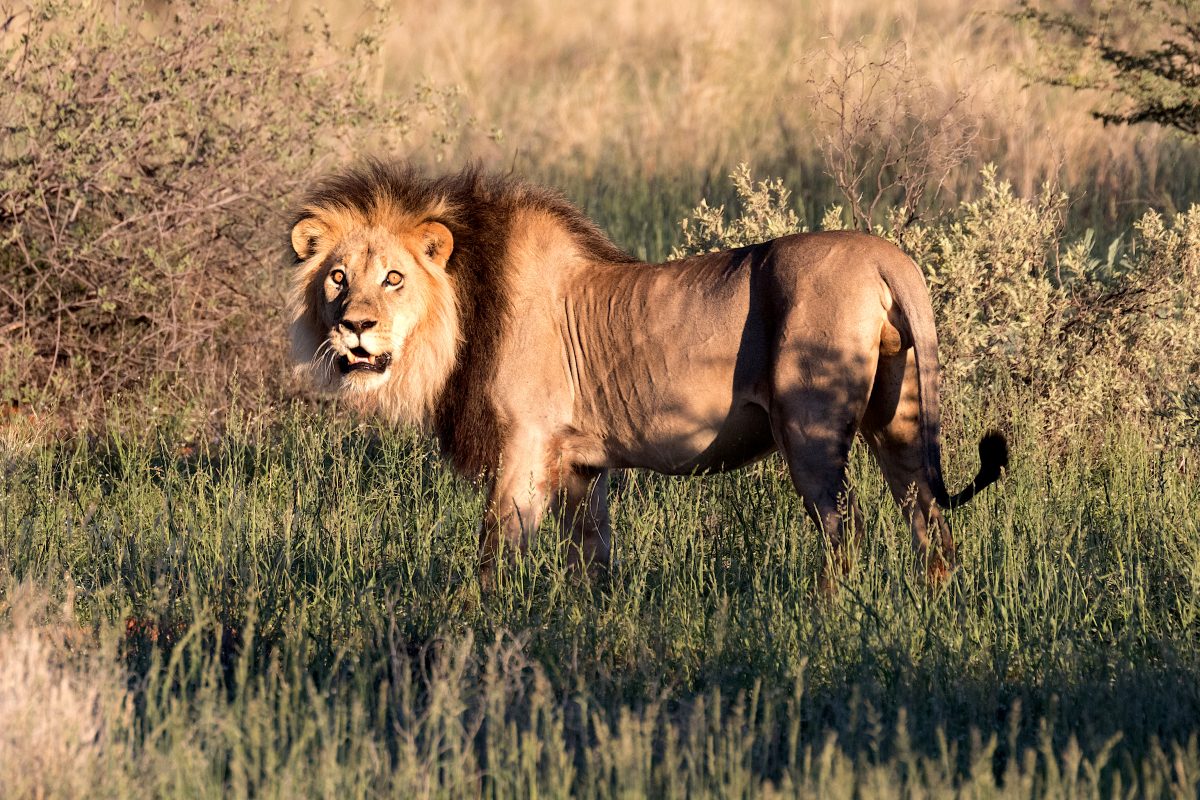
©Photo by Wiki Commons
Ask any local – the Kgalagadi Transfrontier Park is the piece de resistance of the Kalahari Desert. It straddles the national borders between the Rainbow Nation and Botswana (hence the ‘Transfrontier’). There, the babbling Nossob River weaves through scrublands peppered with hardy thorn bushes. You’ll see ochre-tinted dunes hemming the horizon. There are savannah plains that glow green with the coming of the monsoon rains.
The upshot is that Kalahari is perfect for budding adventurers and especially for wildlife lovers. It’s a haven for off-the-beaten-track safaris. Game drives regularly reveal herds of wildebeest and gazelles. There are chances you can see rare raptors gliding overhead. And there are the sought-after lion pride, cheetahs, hyenas – it’s endless.
The luxury lodges of Kgalagadi Transfrontier Park are some of the most sumptuous in the region. They come with alfresco pools and beautiful views of the Kalahari plains. Just be ready to pay some of the highest Kalahari prices of all for a stay in those!
2. See the Augrabies Falls National Park
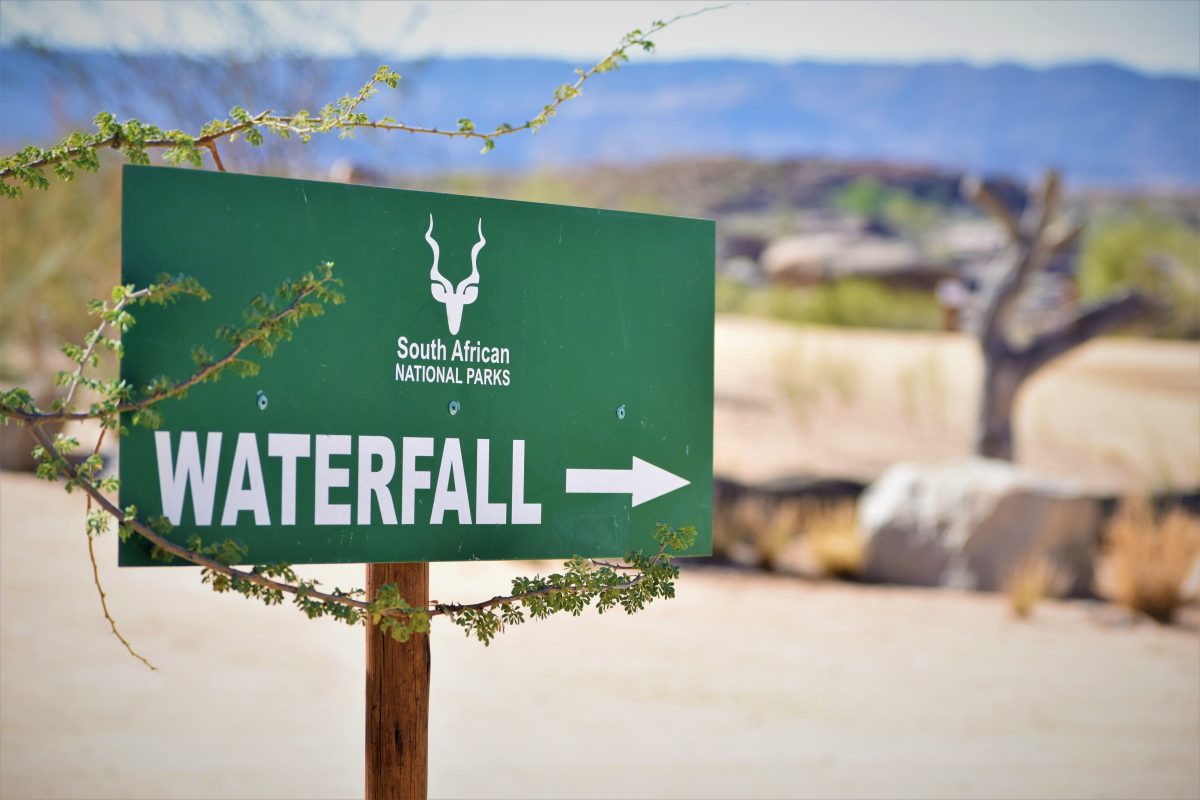
©Photo by Ken Treloar on Unsplash
You’ll want to have the camera ready for that visit to the Augrabies Falls. One of the great wonders of the Kalahari, these crashing cataracts can sometimes be flooded with three times the water that flows over the Niagara Falls in North America. The highlight of a trip is the viewing platforms that soar above the roaring Orange River as it drops from the bluffs. They peer over a gorge that’s more than 800 feet from top to bottom!
Around that, there are dusty landscapes of sand and acacia trees. They are trodden by giraffes and springboks. They also come with a speckling of amazing rock formations that can entertain any geology buff.
4. Explore the Goegap Nature Reserve
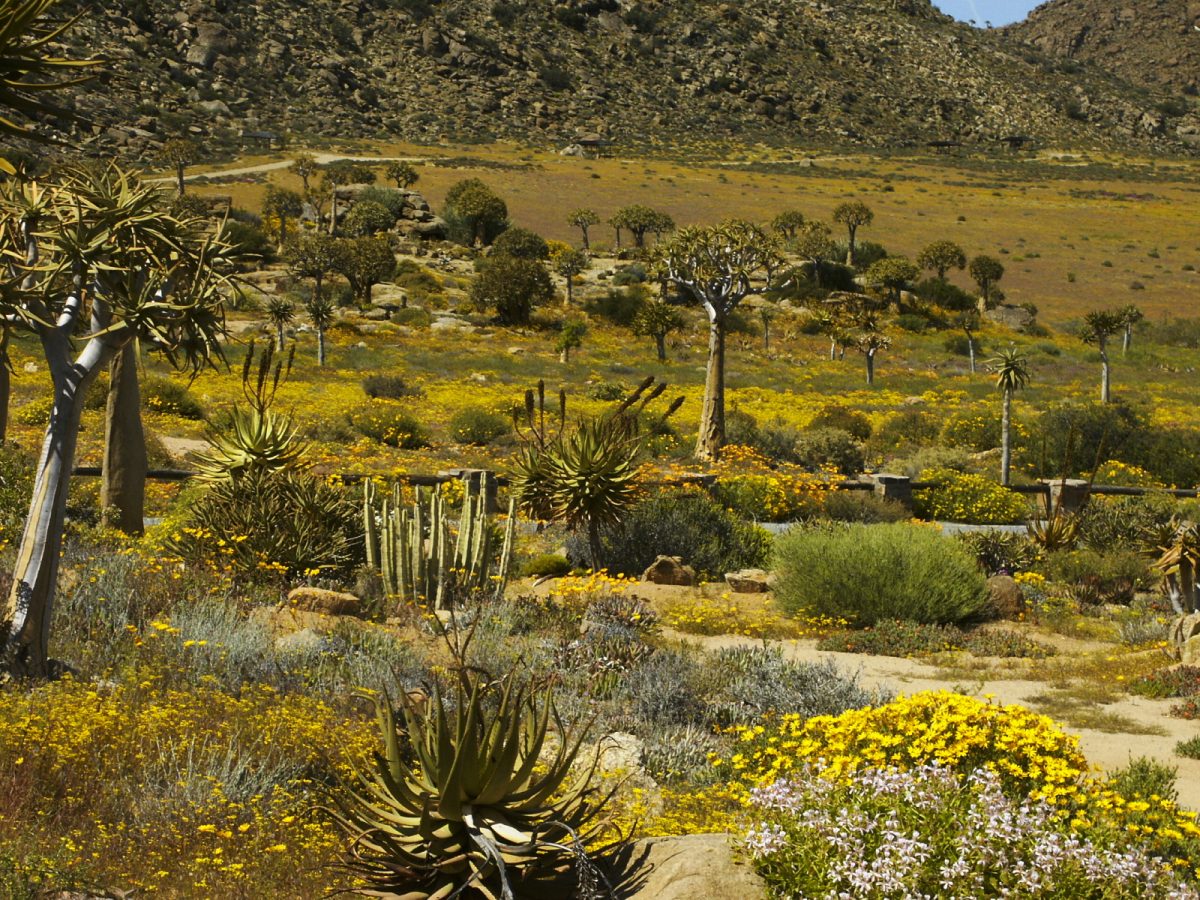
©Photo by wiki commons
The Goegap reserve sits on the south-western fringes of the Kalahari. It’s sort of half desert, half cape, so you can expect to find a unique cocktail of flora and fauna in these parts. Head there by driving east from the town of Springbok. Options for exploring include managed camping sites, hiking paths, and some adrenaline-pumping 4X4 routes. Whichever you choose, be sure to keep an eye out for the rare dusky sunbird and the Cape eagle owl in the skies overhead!
5. Learn all about mining in Hotazel
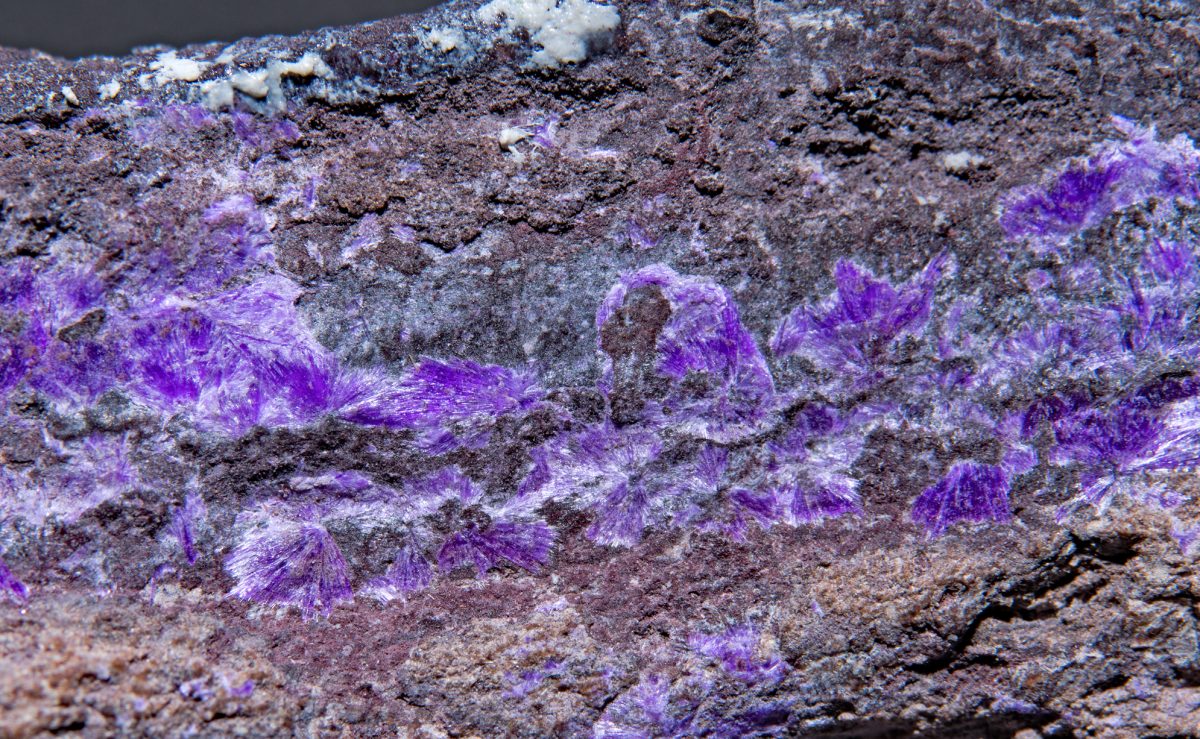
©Photo by Géry Parent on Flickr
The South African Kalahari region is one of the most prodigious mining centers on the continent. Rich in mineral deposits, the landscapes are filled with bounties of precious stone and rock. In the midst of it all is the small settlement of Hotazel. Surrounded by plains of sand dunes and acacia-topped savannah, it is known for its colossal manganese mine.
25 kilometers down the road in little Black Rock, there are even more underground prospecting tunnels. These are open to visitors. You can join them to learn all about the processes involved in mining manganese ore. Along the way, you’ll also see some amazing subterranean rock sculptures, and get a chance to tour priceless mineral collections in the local museum.
The Kalahari Desert in a Nutshell!
Regardless if you’re into wildlife or simply here to be inspired by the stunning landscape, Kalahari desert has everything you needed. Have you been to this desert or simply have any interesting stories to share? Let us know in the comment section down below. We’re happy to hear from you. If not, check out some of our other South Africa blog post to get prepared for your next South African Trip.

